So, your furry friend just had surgery. Now, you're faced with the important task of protecting their incision. The only problem is your unwilling pup's resistance to the "cone of shame." Honestly, we can't blame them.
Wondering how to keep your dog from licking their stitches without using a cone? It's tricky but not impossible. No more hard plastic cones or clunky E-collars because there are plenty of ways to protect your dog's wound without the drama. Let's discuss how to make the healing process smoother for your canine companion.
Why Prevent Licking After Surgery?

Most dogs tend to lick their stitches after surgery. It's a natural response, but it can cause serious problems if ignored. Licking can introduce bacteria to the wound, leading to infections and delayed healing. Plus, excessive licking can cause the incision to open up again, which means more trips to the vet and longer recovery time.
Preventing this behavior can minimize complications and support proper recovery. Luckily, there are simple solutions to help keep your pup from getting to their stitches—and they don't all involve a dog cone!
The Importance of Keeping Stitches Clean and Safe
A clean wound keeps the surrounding tissues intact and allows your dog's body to repair itself properly. If the affected area gets contaminated, infections can occur. This not only complicates wound healing but can also cause long-term damage.
Preventing dogs from licking wounds gives them the best chance to heal as they should. Proper wound care speeds up the recovery process and helps avoid unnecessary vet visits. So, no matter how much your pooch wants to lick, keep those delicate stitches protected.
Potential Risks of Licking Stitches
Licking stitches is more than just an annoying habit. There's the risk of introducing bacteria from your dog's mouth into the wound. Canine saliva contains harmful germs, which could cause infections and slow down the healing process.
Second, constant licking can irritate the wound area and potentially reopen the incision. The resulting delayed healing means more discomfort and a higher chance of complications for your pup. With all these potential risks, preventing those dog licks is not just a good idea but a must for your furry friend's health.
How To Keep Your Dog From Licking Stitches
So, how can you stop your dog from licking their stitches without resorting to the dreaded cone? Several methods can keep your pup from bothering their wound while also making sure they're comfortable.
Alternative protective wear, such as recovery suits and soft collars, can help create a barrier around the wound. Using toys or treats to redirect your dog's attention from their stitches is also an effective strategy. Whatever method you choose, the goal is to keep your pup comfy while promoting proper healing.
Using Alternative Protective Wear
If you're looking to keep your dog from licking their stitches without a cone, alternative protective wear is a great option. It covers the wound area while allowing your pup to move around comfortably. One popular choice is the recovery suit, which fits snugly over your dog's body and covers the stitches.
Other options include inflatable collars or soft fabric cones you can easily find in pet stores. They are more comfortable than traditional hard plastic ones. Let's go into more detail about these products that may just be the perfect fit for your furry friend.
Collars and Cone Alternatives
Traditional hard plastic cones can be uncomfortable, but there are plenty of options that are gentler on dogs' necks. Each of these options helps maintain comfort while still promoting our canine companions' healing, not licking:
- Soft Collars. These padded collars are comfy and flexible. They prevent your pooch from reaching their stitches while allowing them to relax.
- Inflatable Collars. These collars look like neck pillows. They provide the same protective barrier without the stiff discomfort of a plastic cone.
- Plastic or Fabric Protective Covers. These are great alternatives for keeping the stitches covered while still allowing your pet to see and move freely.
Body-Wear Alternatives
If your canine friend isn't a fan of collars, body-wear alternatives could be the perfect solution. With these options, your dog can heal without the irritation of a traditional cone or collar:
- Recovery Suits. These snug, full-body suits provide gentle protection for your dog's stitches. They keep the wound covered without restricting movement.
- Dog Booties. These are perfect for protecting paws or legs with stitches, especially if you have an active pup.
- Pet Shirts or Bodysuits. A simple, easy-to-wear option, these garments cover the body. You can use them to shield stitches on your dog's chest or abdomen.
- Adjustable Protective Sleeves. You can put these sleeves on your dog's legs or body to protect the wound site while still allowing them to move comfortably.
Bandaging Solutions
Bandages can be a simple yet effective solution to prevent your dog from licking their stitches. Make sure you apply the bandage correctly to protect the wound while allowing your furry buddy some movement. Here's what you'll need:
- Bandages or Wraps. You can use these to cover the wound, providing an extra layer of protection against licking. Choose bandages that are breathable to avoid irritation.
- Medical Tape. This can secure the bandage or wrap in place. It ensures that the covering stays on and provides proper protection during recovery.
With the right bandaging solution, your pup's stitches stay safe, and you can avoid the cone altogether. Just make sure to monitor the bandage regularly to keep it secure and hygienic.
Preventive Strategies To Distract Your Dog
Sometimes, keeping your dog distracted is the best way to protect their stitches. Our canine friends often lick out of boredom or instinct. So, finding ways to keep their attention elsewhere can make a huge difference in their recovery.
Offer plenty of toys and treats to keep your pup engaged and entertained. Interactive toys like puzzle feeders are great options. They stimulate the mind while keeping the wound area undisturbed.
Also, going on short, soothing walks can help release your dog's built-up energy and reduce their urge to lick. Keep your furry buddy busy, and they'll be less likely to focus on their stitches.
When To Use a Cone vs. Other Methods

There's a time and place for using a cone. But in many cases, alternative methods can be just as effective. The cone is best when you need a fail-proof solution. It's especially effective for canines who have a strong tendency to lick or bite their wounds.
But if your pup is more comfortable and willing to wear alternatives, it may be worth exploring other options. Recovery suits, soft collars, and bandages are often enough for moderate cases. These products allow your pet to move more freely during the recovery process.
Deciding whether to use a cone or another method depends on your dog's behavior and the severity of the wound. Let's look at the benefits of both.
The Benefits of Cones and When To Consider Alternatives
Cones, especially the traditional Elizabethan collar, are great for keeping your dog's mouth away from their stitches. These cones offer reliable protection, especially for canines who cannot stop licking or chewing their wounds. The hard plastic cone prevents access to the incision, reducing the risk of infection or reopening.
However, cones can be uncomfortable and stressful for many pups. If your furry companion is having a hard time adjusting to a cone, it may be time to consider softer, more comfortable alternatives. Think inflatable collars and recovery suits. These options offer protection while allowing your pooch to feel more relaxed during their recovery journey.
How To Choose the Right Protective Option for Your Dog
Choosing the right protective option for your dog depends on a few factors. You have to consider their size, temperament, and the location of the stitches.
If your pup is calm and doesn't typically bother their wounds, a simple suit or soft collar might do the trick. But if they're more persistent or have a history of licking their stitches, a more secure solution like a hard cone or inflatable collar might be necessary.
When selecting an option, make sure it fits comfortably and securely without restricting movement and causing more stress. The goal is to balance comfort with effectiveness. That way, your dog heals properly while staying calm and comfy.
How to Comfort Your Dog With or Without the Cone
Whether or not you're using a cone, comfort is key to helping your furry buddy through their recovery journey. Dogs may feel stressed, anxious, or sore after surgery, so it's important to create a relaxing environment for them.
While the cone may limit their freedom, there are ways to help your pup feel safe and calm. And if you're using an alternative, the lack of bulky plastic can further help them stay at ease. In either case, your canine companion will need your support to feel comfortable and secure during the healing process.
Calming Techniques To Keep Your Dog Relaxed
Keeping your furry bestie relaxed during recovery is just as important as preventing them from licking their stitches. You can make this happen with a few simple strategies:
- Create a Quiet and Comfortable Environment. Set up a cozy space with their favorite bed or blanket, away from loud noises and distractions.
- Offer Comfort Items Like Toys or Familiar Scents. Familiar items can bring comfort and soothe anxiety.
- Engage in Gentle Petting or Massage To Soothe Anxiety. Calm your pup with soft strokes or a light massage.
- Implement a Consistent Routine To Reduce Uncertainty. Dogs thrive on routine, so keep feeding and walking times consistent to help ease their stress.
- Provide Short, Soothing Walks to Release Pent-up Energy. Light walks can help your pooch burn off energy without overexerting themselves.
- Use Calming Music or White Noise To Reduce Stress. Soft background music or white noise can help calm your dog's nerves.
Using CBD for Dogs To Ease Stress, Irritation, and Discomfort

CBD (cannabidiol) is becoming a popular choice for many pet owners looking to ease their pets' stress, discomfort, and irritation during recovery. This natural remedy works by interacting with your dog's endocannabinoid system (ECS), helping to promote relaxation and comfort while easing stress. CBD may also help with irritation around the incision site and from the cone, making the healing process more comfortable.
HolistaPet offers some of the best CBD products for dogs, designed to help soothe stress and promote relaxation without any harsh side effects. With our CBD Dog Treats for Anxiety, CBD Calming Soft Chews, Broad-Spectrum CBD Oil, CBD Capsules, and other quality CBD options, your canine buddy can feel more relaxed as they heal.
Monitoring Your Dog's Recovery Without a Cone
Stay vigilant when monitoring your dog's recovery. Check for any signs that things might not be healing as they should. You'll want to keep an eye on the wound to make sure it's not getting infected or irritated.
It's also important to watch your pet's behavior. Are they showing signs of discomfort or trying to lick the area? Regular check-ups, even from home, can help you catch any potential problems early on. With the right protection and monitoring, your pup can recover quickly and comfortably, even without the traditional cone.
Signs of Healing and Potential Complications
A healthy wound should gradually show signs of healing. They include reduced redness and swelling around the incision site. The area should also be dry and not leaking any fluids.
But if you notice increased swelling, pus, or a bad smell, this could indicate an infection. Your dog might also exhibit signs of discomfort, like licking or chewing at the area, which could be a sign that something's wrong.
If any of these issues arise, it's time to seek professional help to prevent complications. Keep a close eye on those stitches to make sure your pup heals properly.
When To Seek Veterinary Help
Sometimes, despite your best efforts, complications can arise. In such cases, it's time to turn to veterinary medicine.
If your dog's wound looks worse instead of better, or if they seem to be in increasing discomfort, consult your veterinarian. If the stitches have opened up or you notice signs of infection, get them checked out, stat. Also, if your dog is continuously licking or chewing at the stitches, it might signal that something is wrong.
Early intervention can prevent more serious issues. So, trust your instincts and don't hesitate to call the vet when something seems off.
Preventing Future Licking or Chewing Habits
Your vigilance shouldn't stop once your dog has recovered from surgery. It's also crucial to prevent chewing and licking habits from developing in the future. While some dogs instinctively lick their wounds, others might continue this behavior out of boredom or stress. Training and behavioral modifications can help curb this tendency. Let's take a look at ways to stop chewing and licking from becoming an ongoing issue.
Training Your Dog To Avoid Licking Stitches
Training your pup to avoid licking stitches requires patience, consistency, and positive reinforcement. You can start by redirecting your dog's attention whenever they try to lick their wound. Offer treats or praise when they stop to reinforce the behavior you want.
Also, teaching basic commands like "leave it" or "no" can be incredibly useful for redirecting your pet's focus. Keep training sessions short, positive, and fun. With time, your furry pal will learn to associate licking with a "no-go."
Long-Term Solutions To Prevent Licking and Biting
Long-term solutions to prevent biting and licking include consistent training, proper care, and maintaining your pup's well-being. One effective strategy is to provide ongoing distractions like toys or chew treats.
Regular physical and mental exercise can also help reduce anxiety and boredom, which often trigger licking. You can also incorporate calming products like soothing sprays or our CBD goodies to help manage stress.
Behavioral training should be consistent throughout your canine companion's life to prevent them from developing bad habits. With patience and the right tools, you can help your dog avoid unnecessary licking and biting for the long haul.
Final Thoughts - Keep Dog From Licking Stitches Without a Cone
Keeping your dog from licking their stitches without a cone is totally possible with the right alternatives and some TLC. You've got plenty of options to help them bounce back, from bodysuits to soft collars and behavioral training. Remember, the goal is to keep your pup comfy while ensuring proper healing.
And if you're looking to support your dog's recovery even further, consider HolistaPet's CBD products. They're a great option for soothing discomfort and promoting relaxation. So, let your canine bestie heal up, all while staying stress-free and cone-free!


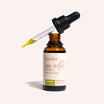
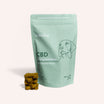
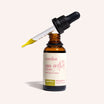
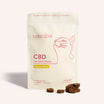
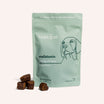
![Probiotics For Dogs [Soft Chews] - HolistaPet](http://www.holistapet.com/cdn/shop/files/Probiotic-Infographic-1_472d7a29-e30c-435a-9638-1365d8c3a9f9.jpg?v=1725384841&width=104)
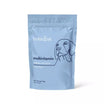
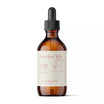
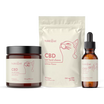
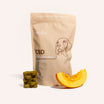
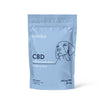
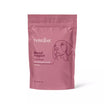
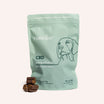
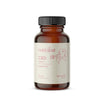
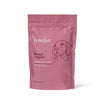
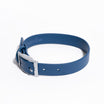

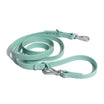


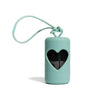


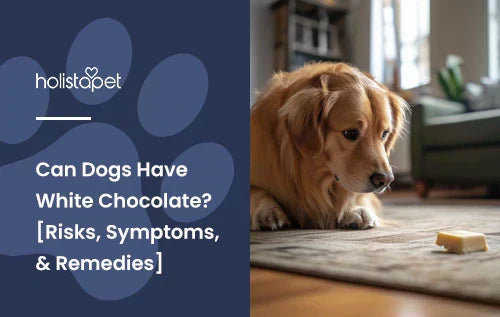
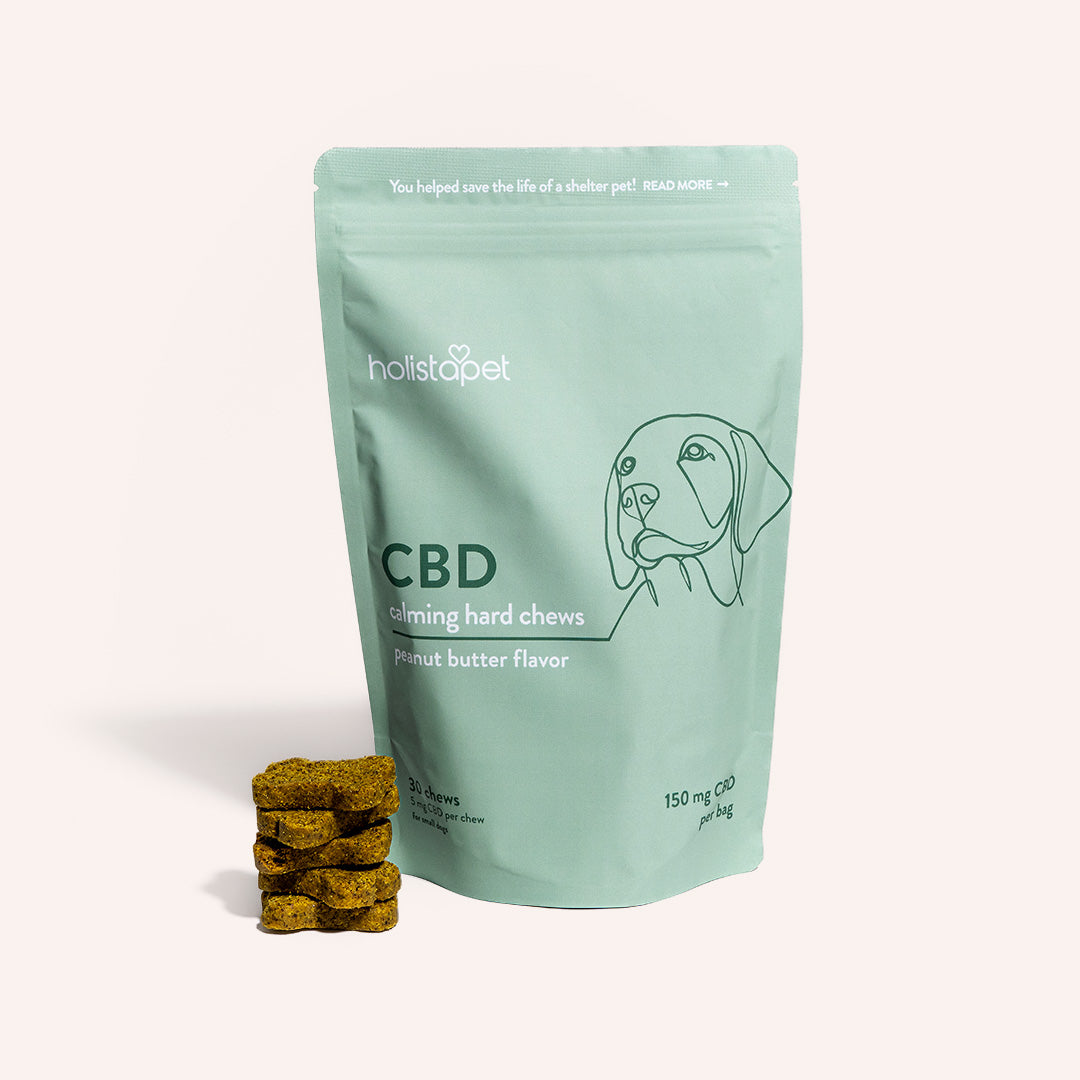
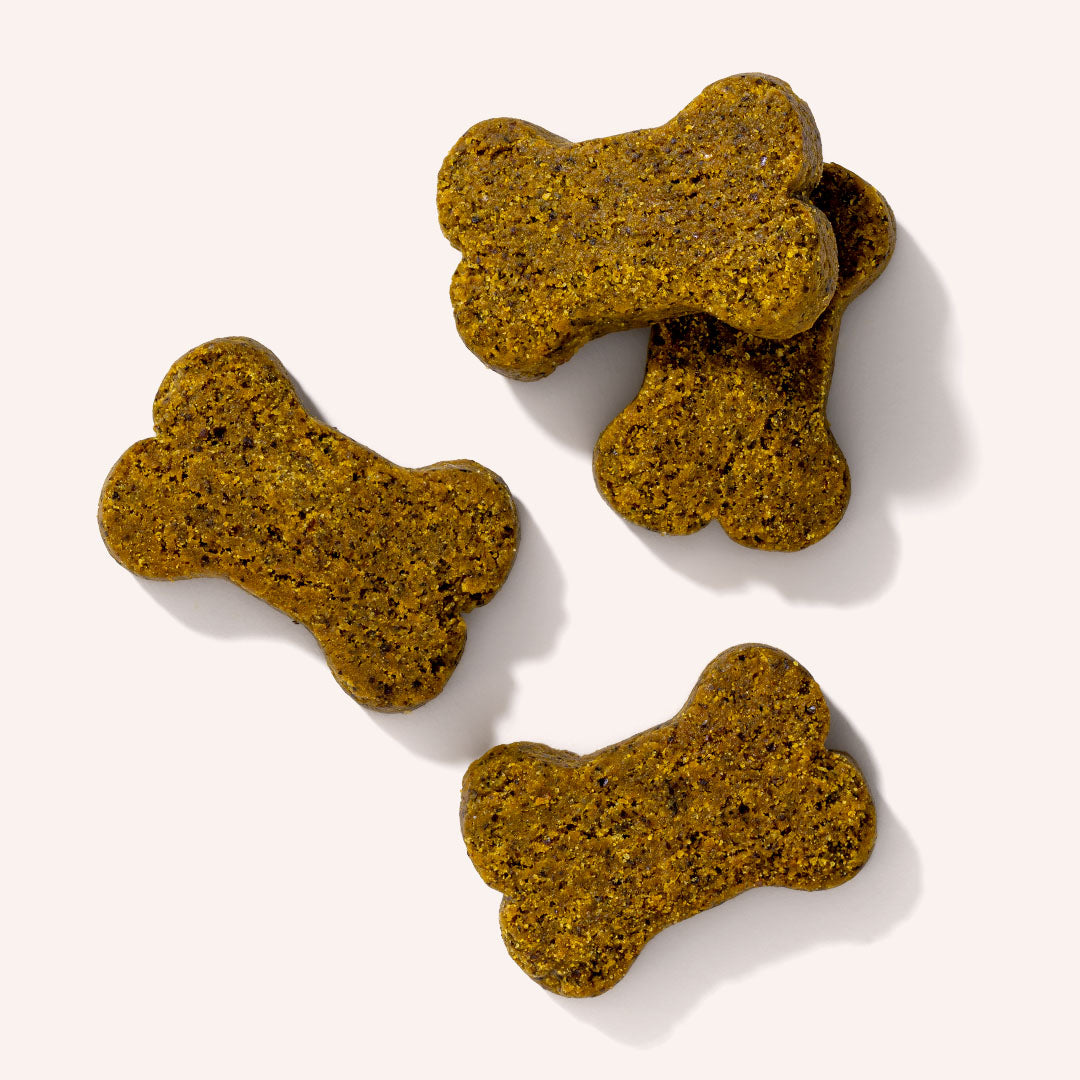
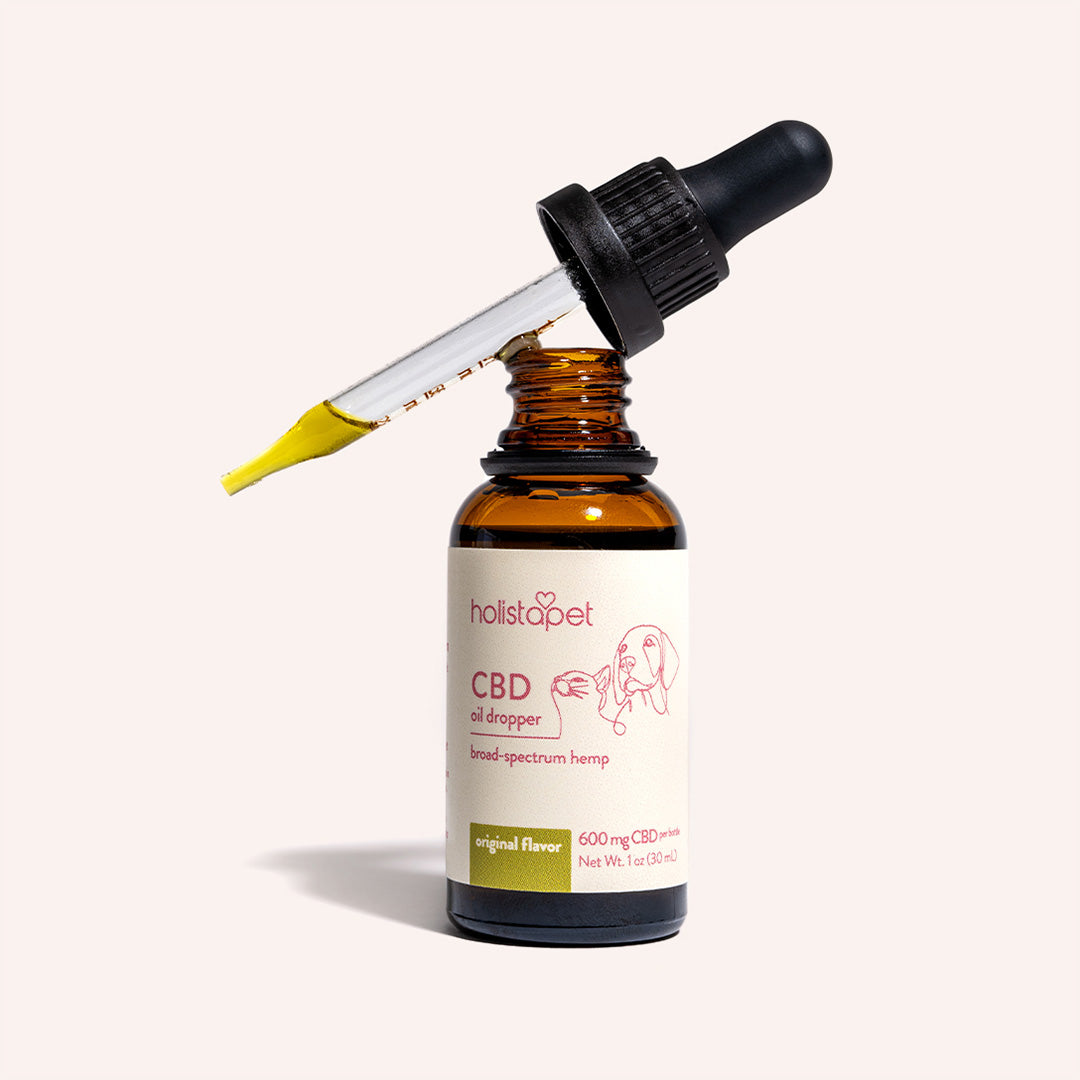
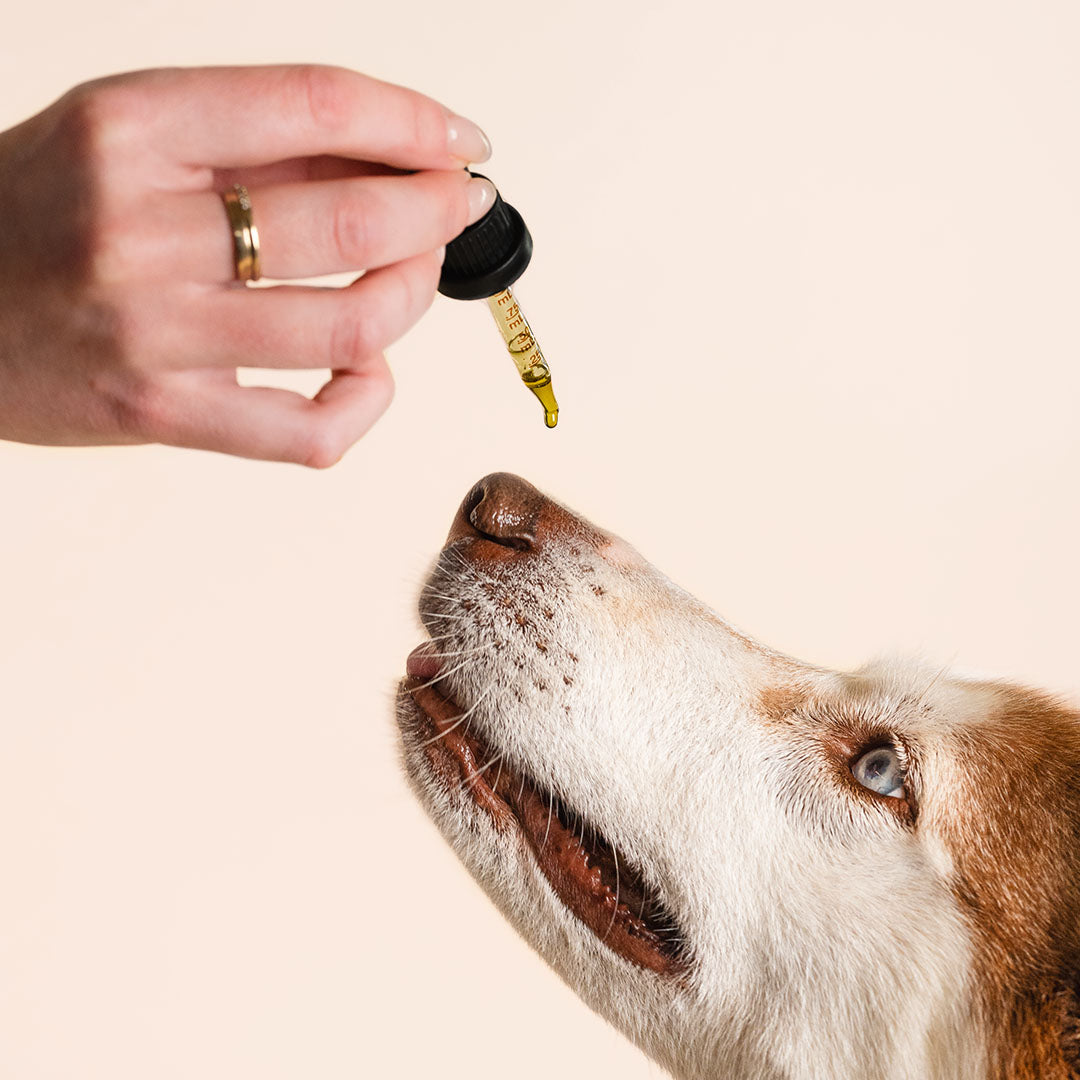
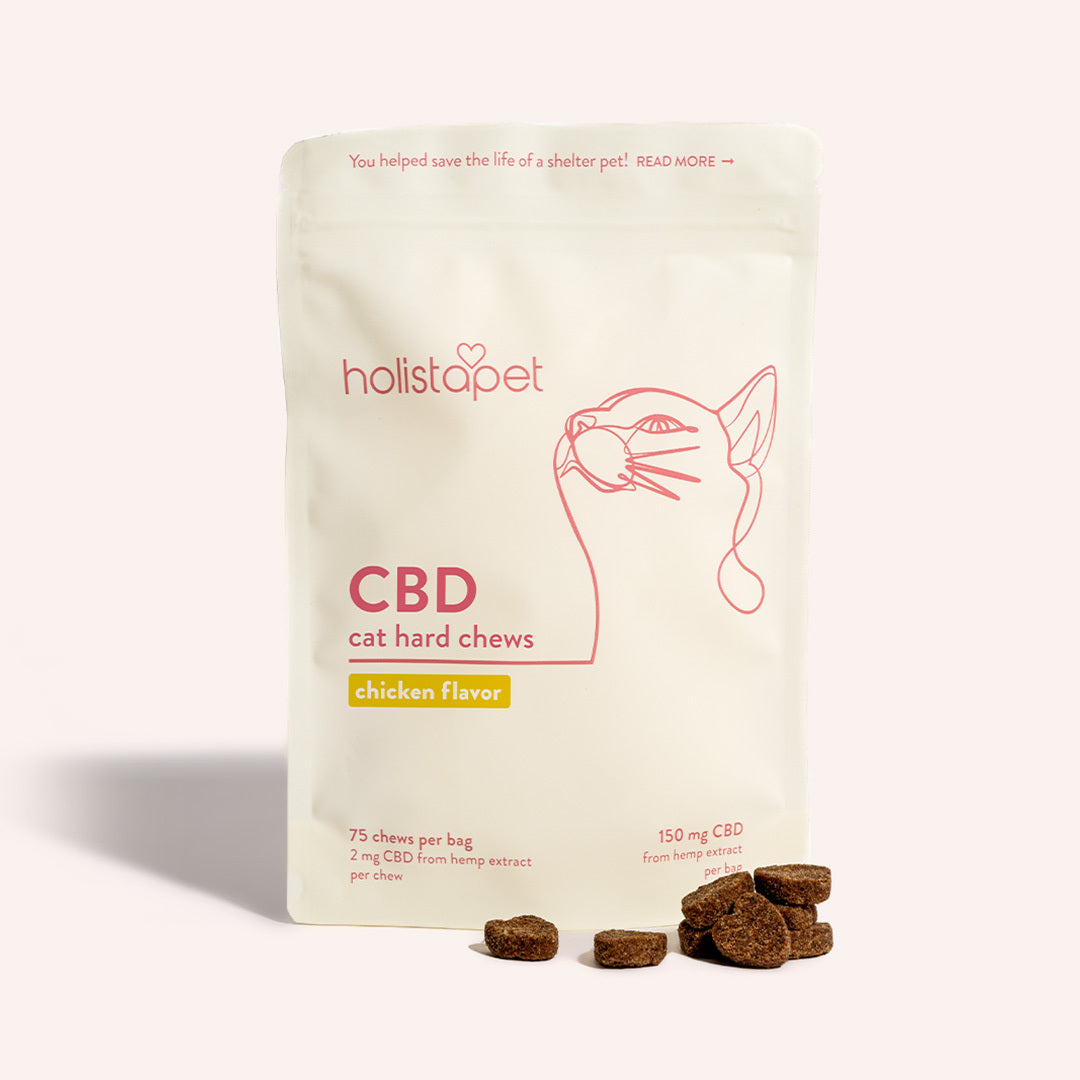
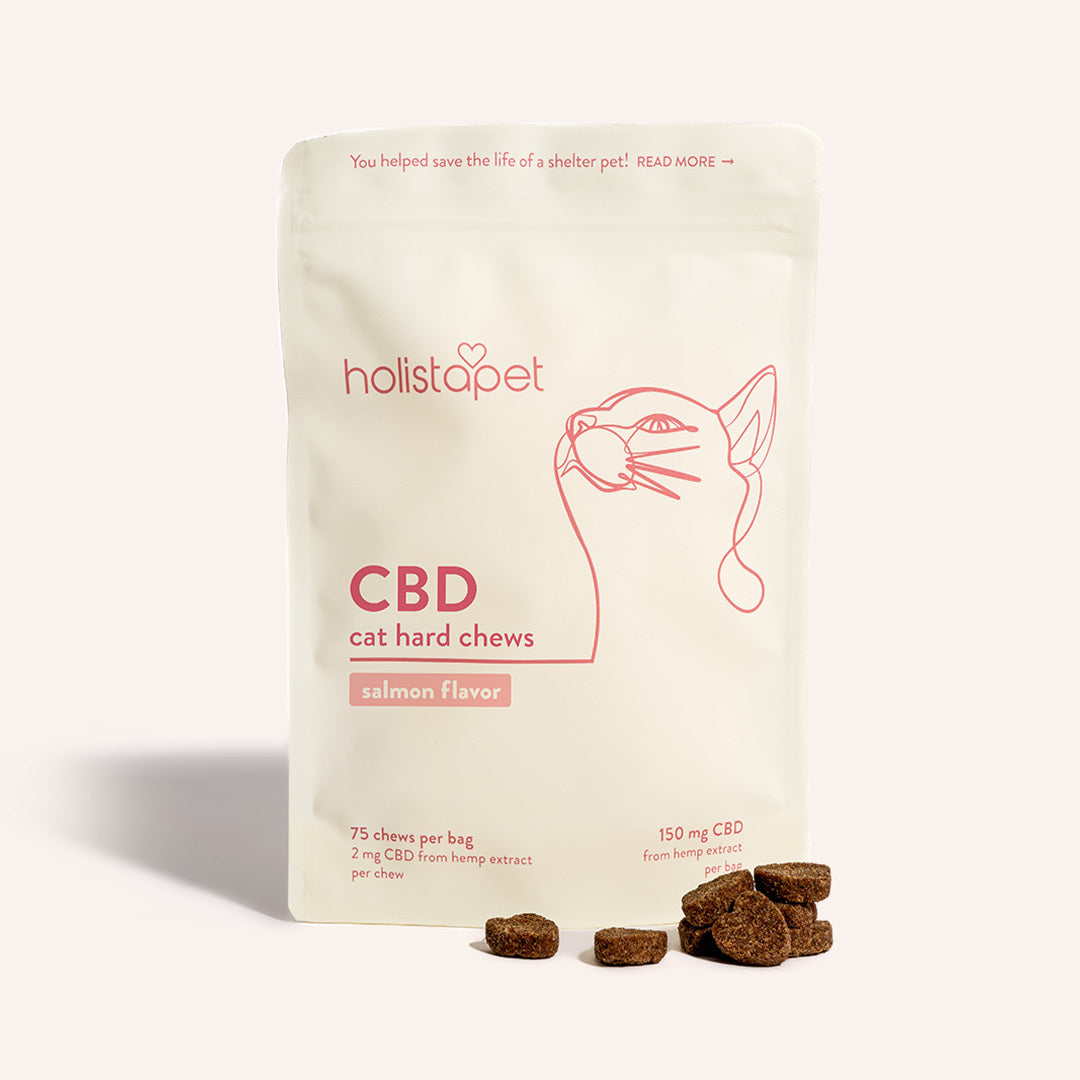
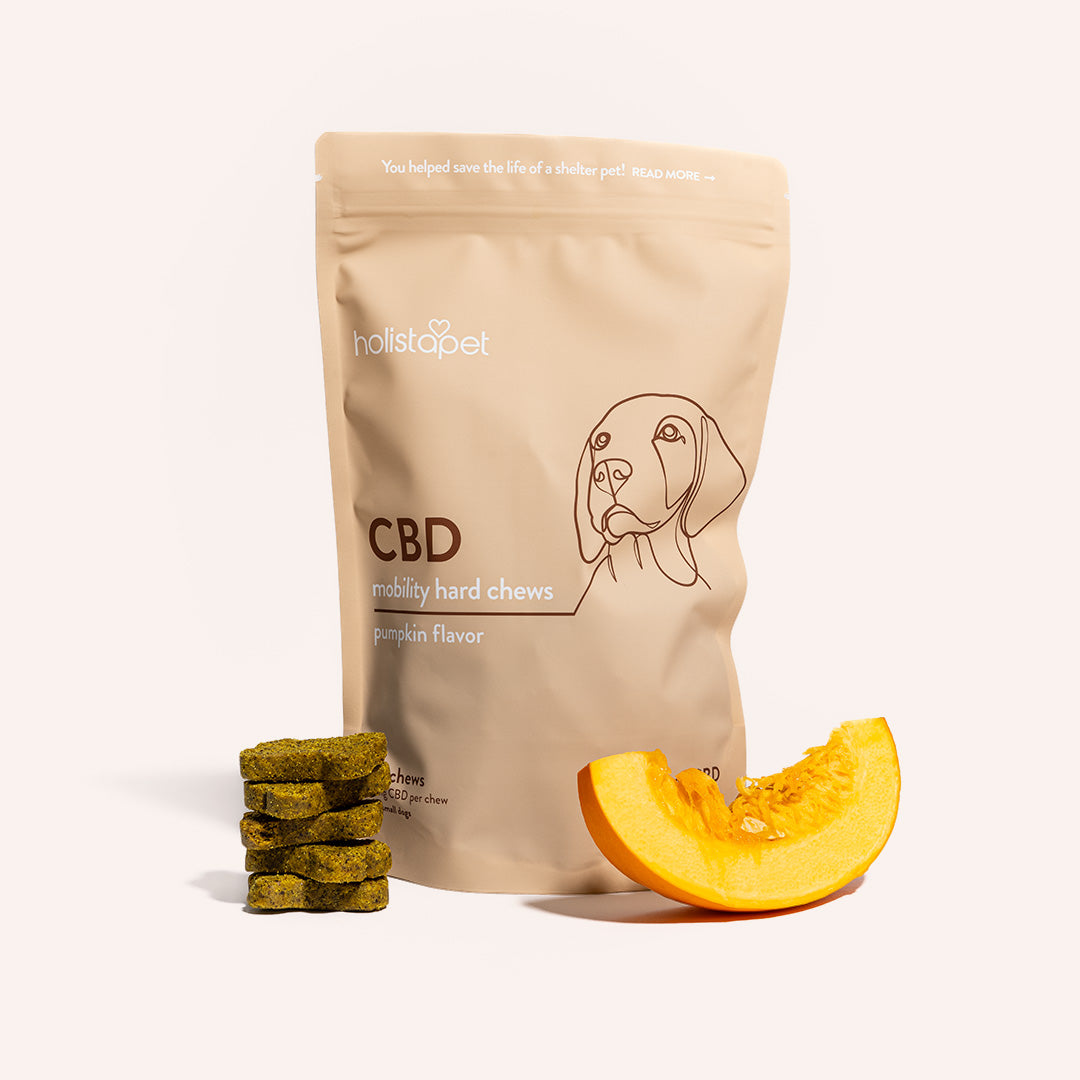
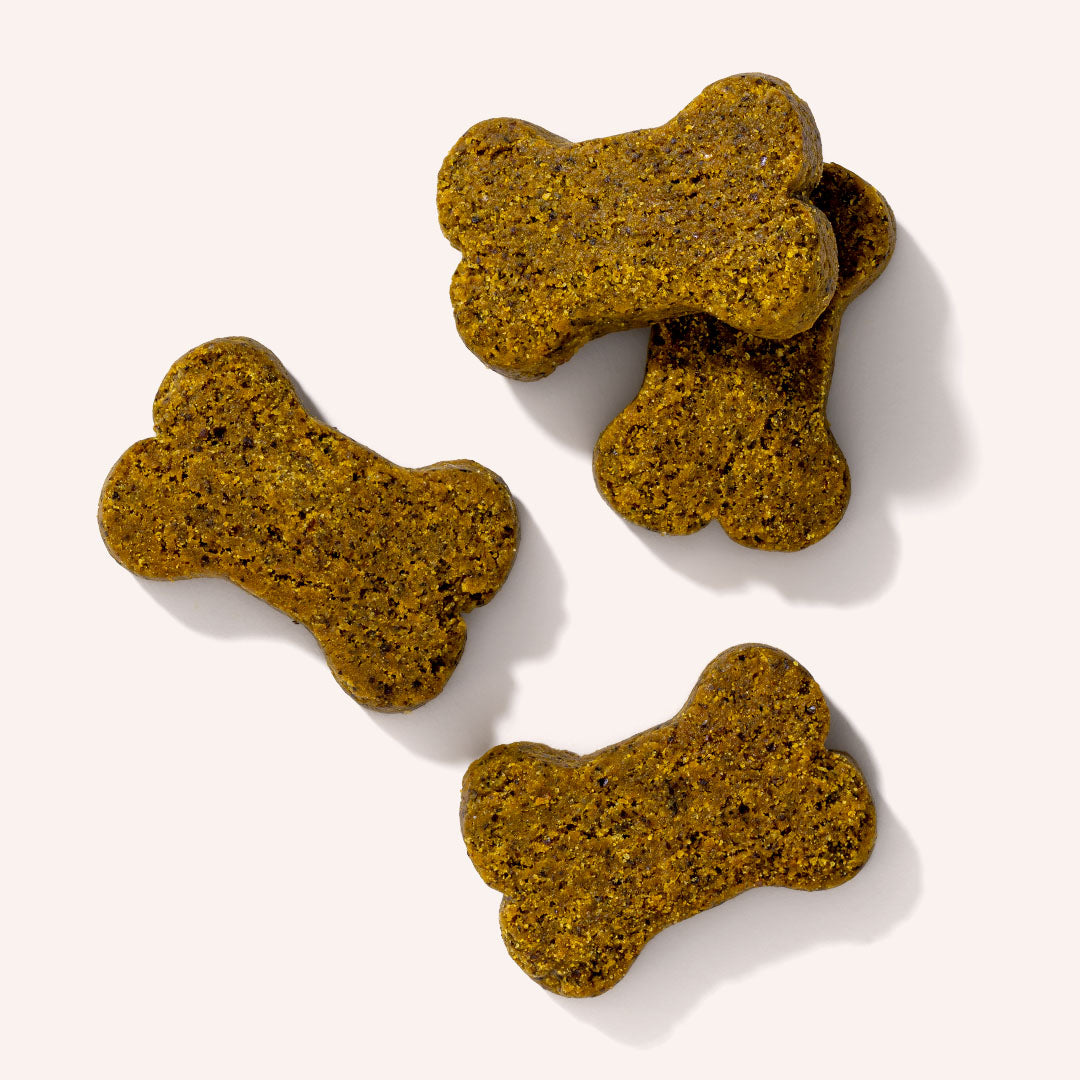

Leave a comment
All comments are moderated before being published.
This site is protected by hCaptcha and the hCaptcha Privacy Policy and Terms of Service apply.